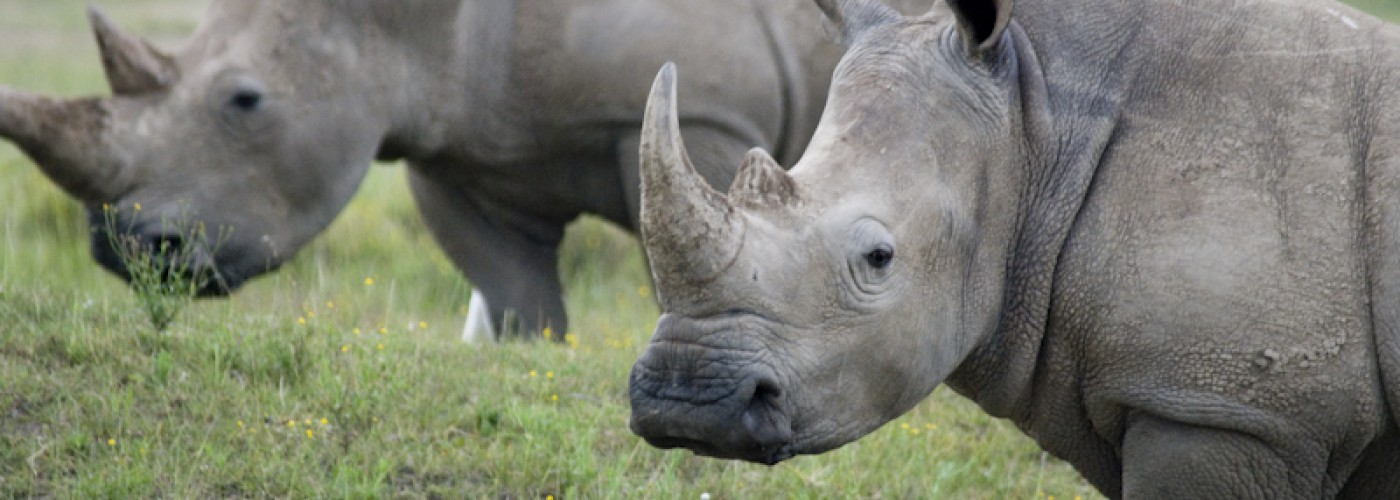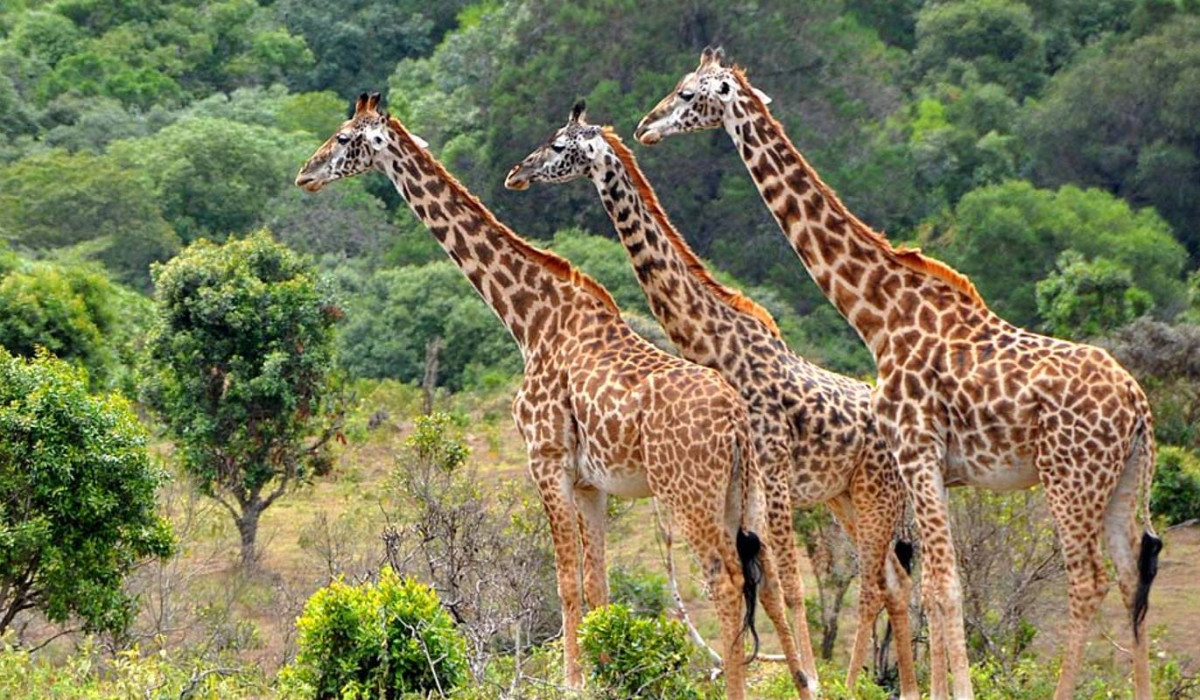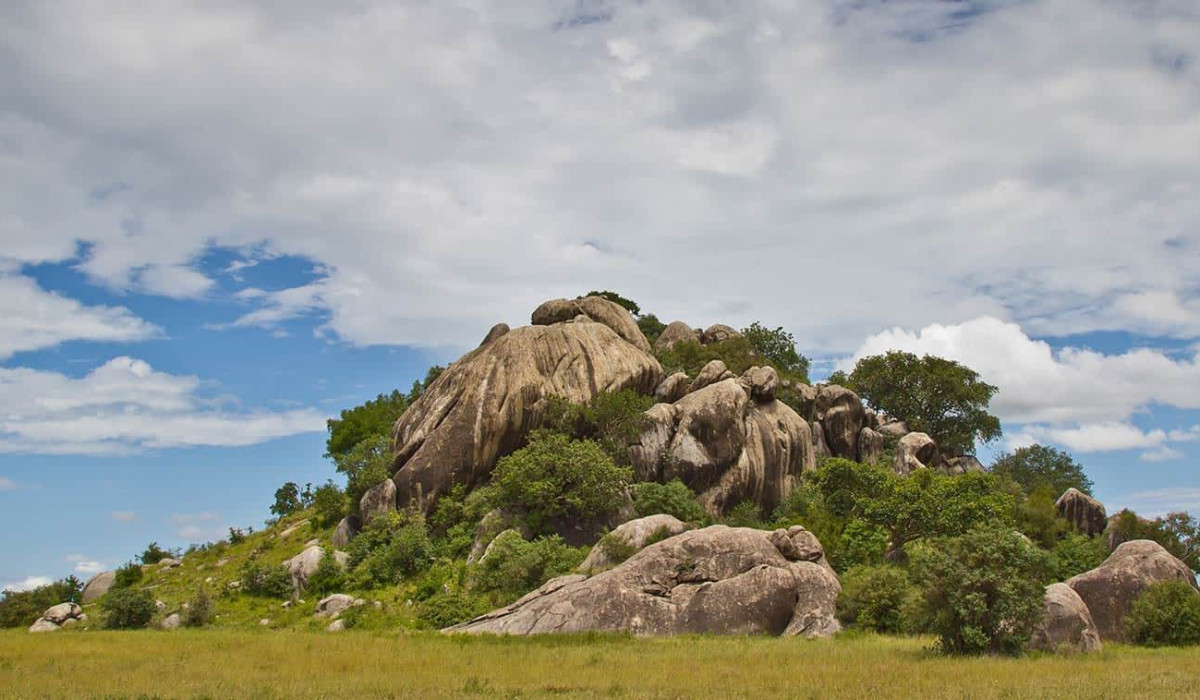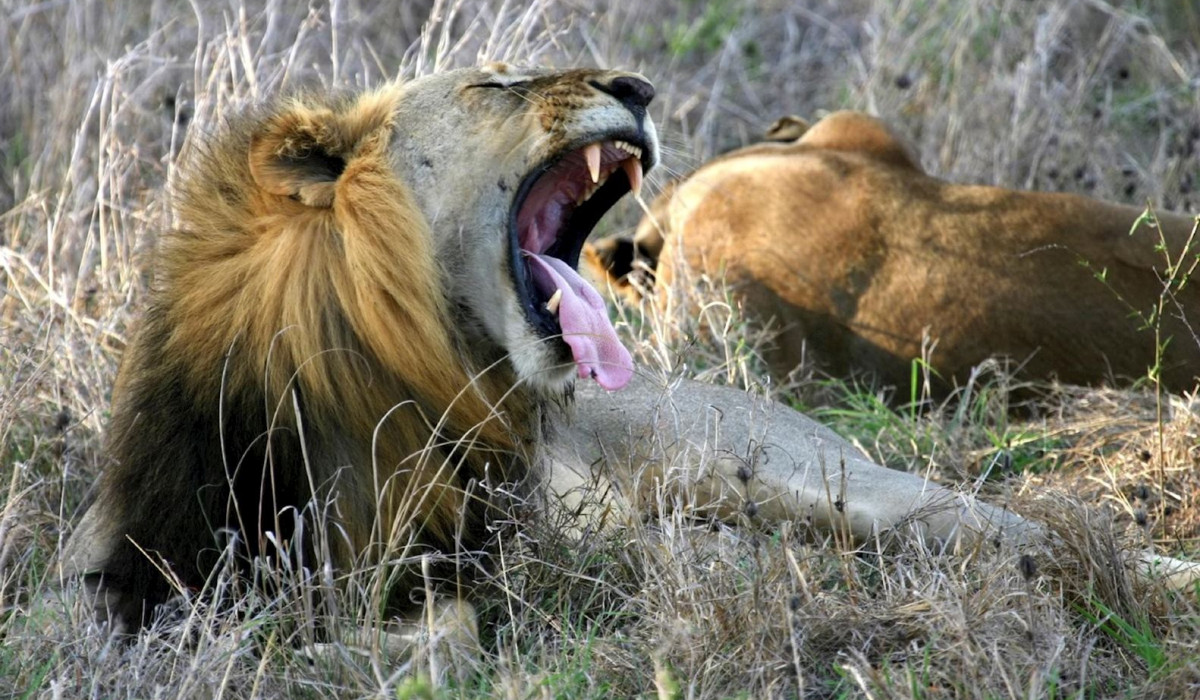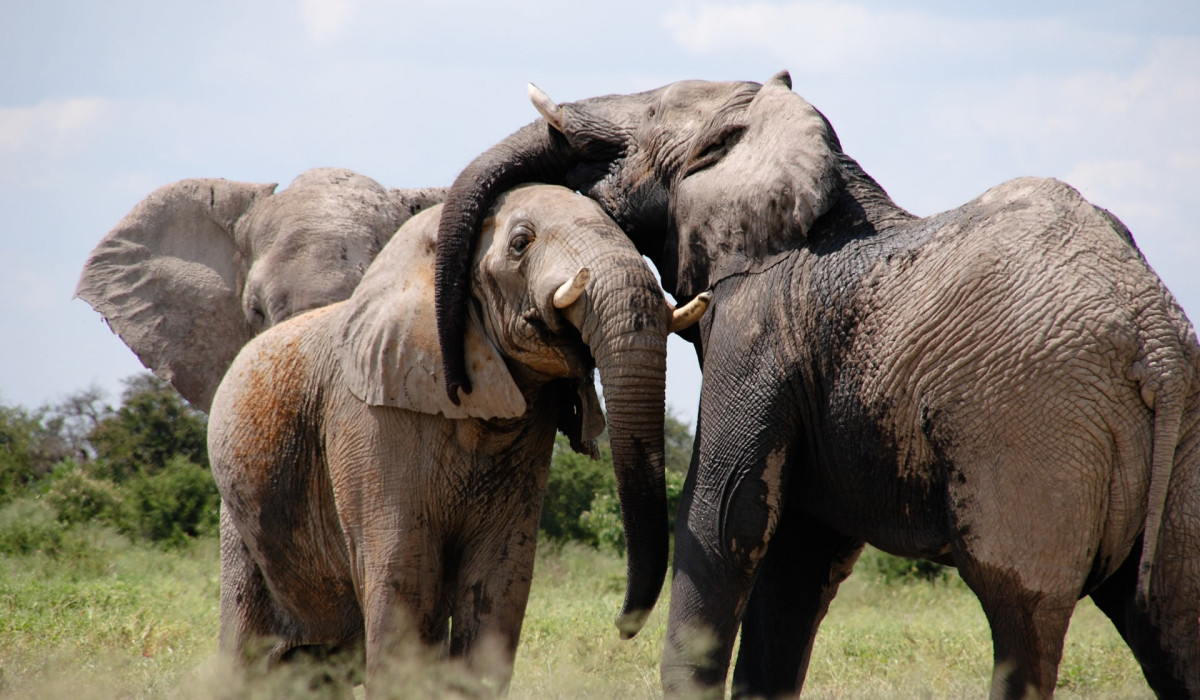
People from all over the world come to Tanzania just for its national parks. These protected spaces are an ever-evolving theatre of real wildlife action and up-close animal encounters. But which park is the right one for you?
When the rain falls in spring and summer, Tanzania's dry grasslands are transformed into verdant forests. This is when zebras and antelope hide behind bushes and within thickets as foals and calves are born. It's also the time lions, leopards, and other predators use the lush savannah plains to cool off away from the intense African sun. At night they use the trees and long stalks of grass to plan their hunts.
Come winter, when the grass is dry and low and the trees bare, wildebeest, impalas, kudu, and waterbuck can be spotted for miles around. There’s simply nowhere to hide. For the brown-spotted hyena, this makes following the trail of cheetahs and lions easy. For safaris, you're more likely to see the Big Five animals: Lions, elephants, rhinos, leopards, and buffalo. These are the five best national parks to visit in Tanzania.
A pair of African bush elephants copulate in Tarangire National Park with blue skies in the background and soft cream savannah below
There are thought to be 2500 elephants in Tarangire National Park, so spotting them is usually straightforward
See elephants in Tarangire National Park
This vast 1771-sq-mi park, famous for its high concentration of elephants, is where most travelers to Tanzania will experience their first safari. Easily accessible from Arusha in the north, this is one of the most popular parts of the country. Here, memories of elephants – there are said to be 2500 here and growing – plod across the savannah, scraping bark from trees and pushing over anything in their way. And if you think their recollection is good, imagine the stories that the park's fabled baobabs could tell. These huge, thick-trunked trees can live for up to 300 years, providing shade and nourishment for impala, eland, giraffe, zebra, and buffalo.
Named after the Tarangire River, which crosses this large park, its thirst-quenching waters draw hundreds of birds to its banks, including the colorful Yellow-collared lovebirds, the Rufous-tailed weaver, and the ashy starling. They share these waters with many other animals that roam the plains, including the dwarf mongoose, which makes its home in abandoned termite mounds. A day game drive at Tarangire National Park can get visitors close to most herbivores, while at night, the thrill is in following the wild cats to their next food source. Whether you choose a walk in the bush or a romantic hot-air balloon safari, the romance here is in the sunsets, the wildlife, and the tales of the ancient trees.
Also worth visiting: is Lake Manyara National Park, known for its flamingos and tree-climbing lions.
Follow the chimpanzees in Gombe Stream National Park
Around 10 miles from Kigoma, on the eastern shores of Lake Tanganyika, this national park was made famous by the English primatologist Jane Goodall, thanks to her long-standing study of chimpanzees at the Gombe Stream Research Centre here. Back in 1978, when the park was still a game reserve, it opened to visitors who could hike the park’s terrain to see chimpanzees in the wild. Forty years on, people still travel to this area for the unique experience of watching the animals often described as cousins to humans.
While the chimps may be the drawcard, Gombe Steam National Park is still worth visiting throughout the year for its lush vegetation and the Kakombe and Mkenke waterfalls. It's also home to numerous butterfly species. Away from the animals, Lake Tanganyika attracts people for snorkeling, diving and fishing, whilst the nearby village of Mwamgongo is a great place to learn about local Tanzanian culture.
Also worth visiting: Mt Kilimanjaro National Park, home to Africa’s tallest free-standing mountain and a drawcard for adrenaline junkies.
Get more travel inspiration, tips and exclusive offers sent straight to your inbox with our weekly newsletter.
Three Maasai women with traditional robes and ornaments of blue, red, and pink stripes at the Serengeti National Park
The Maasai of the Serengeti in Tanzania once lived side-by-side with the park's incredible wildlife ©Aleksandar Todorovic/Shutterstock
Witness the great migration at Serengeti National Park
The thunder of galloping hooves. The brown dust swirled about an endless body of antelope and zebra. That heart-wrenching moment when the first wildebeest steps into the Grumeti River not knowing what lurks beneath. If you've seen any wildlife documentary on the Great Migration, where more than a million wildebeest hotfoot it from Tanzania to Kenya, you're likely to have chomped at your fingernails hoping a lion or crocodile doesn’t grab its lunch amongst the chaos of stomping hooves.
When you get to the Serengeti National Park, that scene is bloody, lively, and real – if you can catch it. It's hard to predict when the 500-mile journey will actually begin. It can start anytime from May to July, depending on both the animals and the seasons. It won't begin until the rains stop and the land is dry.
Tanzania’s most popular wilderness area is home to large populations of zebra, Cape eland, lion, cheetah, hyena, black rhino, impala, and several types of gazelle. Its range of wildlife and the vast tracts of grasslands and woodlands, butterflies, wildflowers, and historical ruins make a visit a once-in-a-lifetime experience. Get bowled over by colors and animals during the day, and then taken in by wide skies filled with shooting stars at night.
European and Abdim's storks, Eurasian roller, barn swallows, fish, and martial Eagles hunt alongside the big predators here, but the history of the Maasai, Sukuma, Kurya, and Ikoma people – who once lived side-by-side with this incredible fauna here – is now told through art and abandoned buildings within the park.
Also worth visiting: For fewer crowds head to Katavi National Park, a remote spot in southern Tanzania.
Nyerere National Park has the most diversity of wildlife
About 155 miles southwest of Dar es Salaam, this is East Africa’s largest national park. At a whopping 19,252-mi-sq, the former Selous Game Reserve is bewildering in scope, but it’s the diversity of the wildlife that makes it such an attractive draw. You're (all but) guaranteed to see the Big Five here, but it’s the rare antelope that make this journey worth the trip. The sable and roan antelopes are not widely found on the continent but their elegant markings and curved horns make these animals a sight to behold.
On day game drives, you’re like to come across blue wildebeest, Lichtenstein hartebeest, and kudu on the plains, but for guaranteed sightings ask your guide to take you to the Rufiji River, East Africa’s largest. Extrapolated into a number of oxbow lakes and interspersed with savannah and woodlands, this waterway offers some intriguing photography opportunities, particularly as the riverbank can be abuzz with hippos, crocodile, buffalo, giraffe, reedbuck, warthog, spotted hyena, lion, leopards, and the white egrets. The endangered wild dog can be seen here as well.
Also worth visiting: Saadani National Park, where the bush meets the beach.
A chimpanzee sits in a tree in Rubondo Island National Park, Tanzania
Rubondo Island is one of the best places in Tanzania to spot chimpanzees in the wild
Bird watchers should head to Rubondo Island National Park
On Lake Victoria in western Tanzania lies the Rubondo Island National Park. Like the other parks, you'll encounter elephants, giraffes, bushbucks, hippos, yellow-spotted otters and crocodiles here, but it’s the chimpanzee, sitatunga antelope, birds and fish that make this place unique – that and the dense evergreen Congolese forest that is home to the black and white colobus monkey and the African grey parrot. Rubondo Island has the most diverse species of birds in all of Tanzania, so it is wise for twitchers to plan a few days here.
Surrounded by large expanses of water, there's a real sense of calmness here, despite the swathes of reptiles lurking beneath the surface. Most visitors will canoe on the lake or relax on the beach, but fishing is popular too. For something more unique, this is a good place to go chimpanzee trekking. The park also has three intriguing cultural sites: The Maji Matakatifu and Ntungamirwe were used as a ritual site by the Zinza people before the area was declared a conservation area, and Alutare was a hiding place for the Zinza when enemies attacked their homes.


